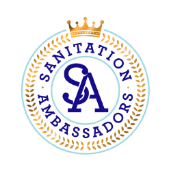The concept of sustainability is more of a direction than a state to reach.”
There is no single approach or technology that will solve our complicated sanitation issues, but we may just find a loophole if we imagine Lootopia. An aspirational place where everyone has access to healthy and sustainable toilets, and where world-class toilets meet closed-loop, ecological sanitation.
Instead of polluting the fresh and marine water bodies on which life depends, the enriching nutrients from human excreta are returned to the soil where they belong. Imagine access to many different types of dignified toilets to suit your needs – hybrid, high-tech, high impact! Imagine a toilet that can let you know your health status by analysing your excreta!
Did I go too far..??
Okay, let’s dial it back to Lootopia.
The person who coined this phrase is Chelsea Wald who has just published a book called Pipe Dreams. She talks about the emerging cultural shift in the meaning of the toilet and that it is changing along with the technology, as the one cannot change without the other.

Image Courtesy: https://chelseawald.com/
Traditionally the meaning of the toilet has been largely about health but when you put the toilet in the centre of the stories as in the diagram below, you realise that it connects to many more aspects of life. It becomes clear that the toilet and toilet systems can be a tool for addressing all of these issues and for helping to solve a wide range of problems.
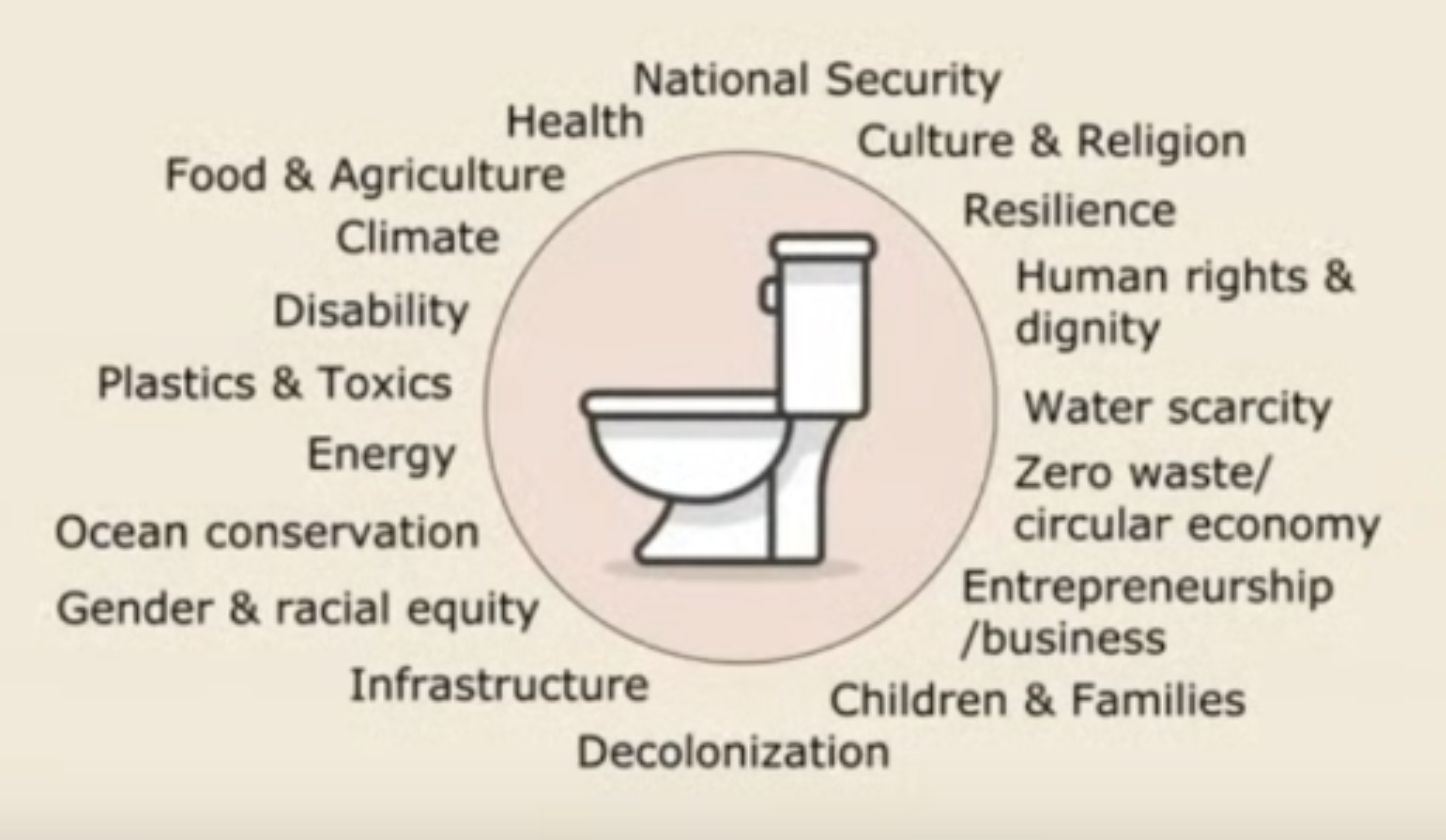
The toilet becomes an interface that connects us to the planet and each other, so if we can improve the toilet, we can improve everybody’s lives.
At this point in time, the culture of improving people’s lives is embedded in the 17 global Sustainable Development Goals adopted by the United Nations in 2015 as a universal call to action to end poverty, protect the planet, and ensure that by 2030 all people enjoy peace and prosperity.
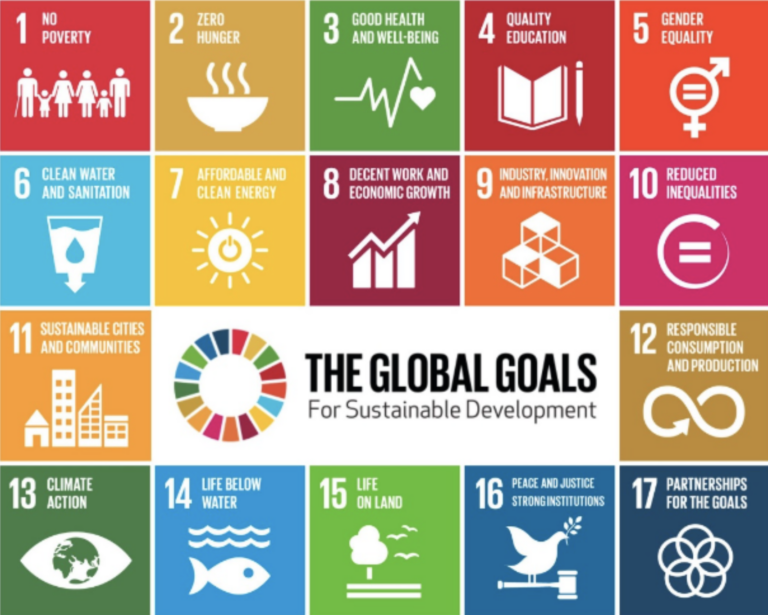
The 17 SDGs are integrated—they recognize that action in one area will affect outcomes in others, and that development must balance social, economic and environmental sustainability.
WaSH is an acronym that stands for “water, sanitation and hygiene” and is the focus of the first two targets of Sustainable Development Goal 6 (SDG 6) – equitable and accessible water and sanitation for all.
SDG 6 is connected to other SDGs in the following ways:
SDG 1 – Improving access to WaSH is critical to increasing the income of individuals and households living in poverty. Better health and nutrition enable people to work more productively at home, in school and in the workplace, maximising their earning potential.
SDG 2 – Malnutrition is associated with repeated diarrhea or intestinal infections, as a result of unsafe water, inadequate sanitation or insufficient hygiene. Improved WaSH is therefore essential to ending hunger.
SDG 3 – Access to safely managed water and sanitation improves public health by reducing water-borne diseases. Universal access to WaSH is also essential to ending preventable deaths from diarrhoea. Diarrhoea disease alone is the second cause of death in children under the age of five worldwide.
SDG 4 – Each year, children lose school days because of water-related illnesses often as a result of transmission in schools instead of at home. Improvements in WaSH services near the home and at schools increases school attendance rates, particularly among girls.
SDG 7 – Water and energy are mutually dependent. All forms of energy require water to varying degrees. In turn, water management, including treatment and pumping, requires energy.
SDG 11 – Cities and human settlements provide basic services to their inhabitants, including drinking water and sanitation. Cities are also increasingly playing a role in the management of water-related ecosystems, including flood and drought mitigation.
SDG 12 – Water is an integral part of the consumption and production cycles of food, energy, goods, and services. It’s important that these processes are managed sustainably to protect the quantity and quality of water resources and to use them more efficiently.
SDG 13 – The year 2017 was one of the three warmest on record. An analysis by the World Meteorological Organization shows that the five-year average global temperature from 2013 to 2017 was also the highest on record. The world continues to experience rising sea levels and extreme weather conditions. Drought conditions predominated across much of the globe. Climate change, together with population growth and increased water demand, are all making water a scarce resource.
SDG 14 – The sustainable management and protection of marine and coastal ecosystems from pollution links with SDG target 6.5 on integrated water resources management and target 6.6 on protecting and restoring water-related ecosystems.
SDG 15 – Water and land management are closely associated, with land-based activities (including agriculture) using and potentially polluting water resources. Fresh water, sometimes called terrestrial water, is an indivisible part of what is known as the landscape approach. Water is also needed for all the world’s ecosystems to function properly, including those on water and land.
SDG 17 – Global partnership is key to achieving the 2030 Agenda. It includes partnerships, finance, technology, capacity building, data acquisition and monitoring, and governance.
Strong and resilient local and national WaSH systems need to be in place to achieve the SDGs, not just SDG 6, and these systems can only be built together.
However, the big question is, “Should we still be relying on our governments and local municipalities to take care of our communities?”
Of course! But with the sanitation crisis bearing down on us, it is time for all of us to step in and step up, providing our own unique solutions to our particular challenges.
In many industries the private sector has had to step in to assist with traditional public sector services such as health, education, energy generation, and so on.
South Africa’s problem is not lack of technical skill, but its inability to mobilise private investment. The reasons are not predominantly financial or economic, but political. However, whether it be lack of funds or political will, the losers are always the people on the ground.
Public Private Partnership through the NPM model, embracing decentralization and community-led initiatives are key to our progress.
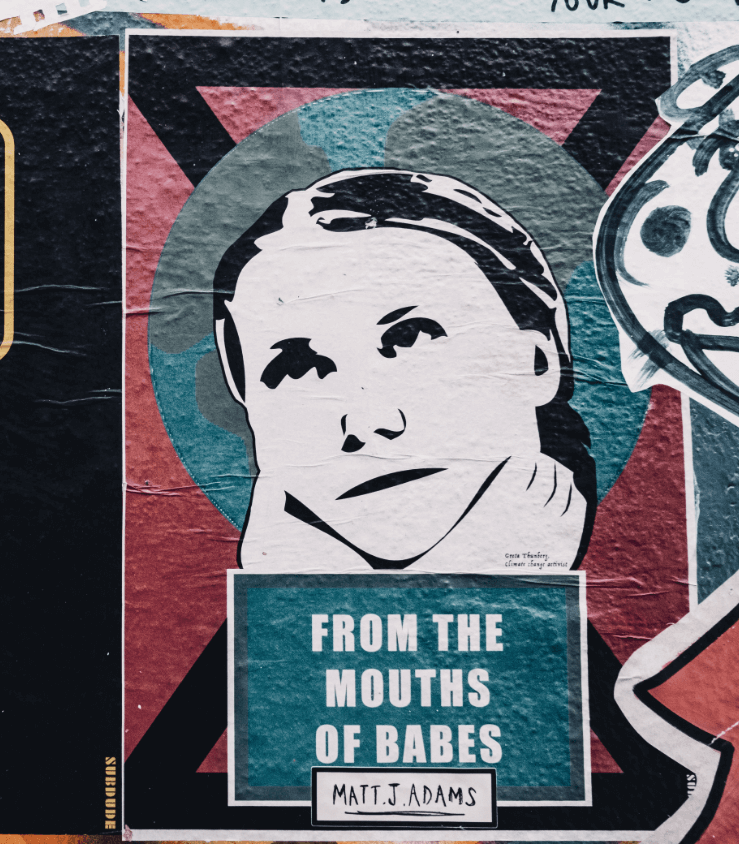
So let us join the young people, marching in their hundreds of thousands, demanding urgency, imagination and a radical rewiring of the world.
“We don’t need any more distant, non-binding pledges. We don’t need any more empty promises … Yet that is all that we are getting and no, that is not radical to say.
They have had 26 COPs, they have had decades of blah, blah, blah, and where has that led us?”
Greta Thunberg
